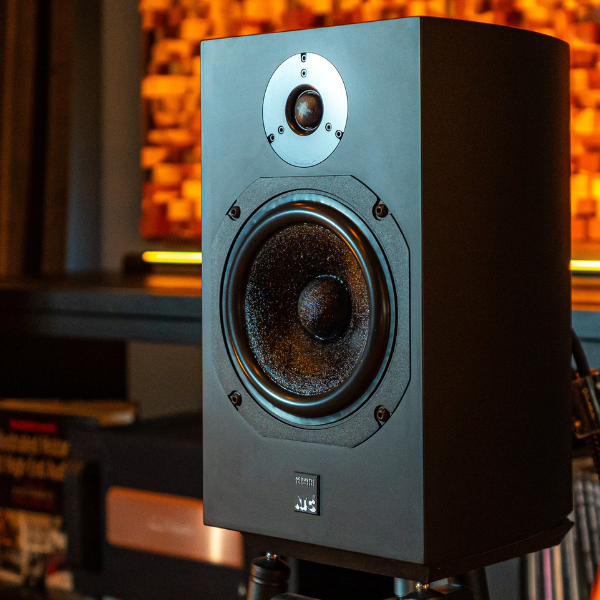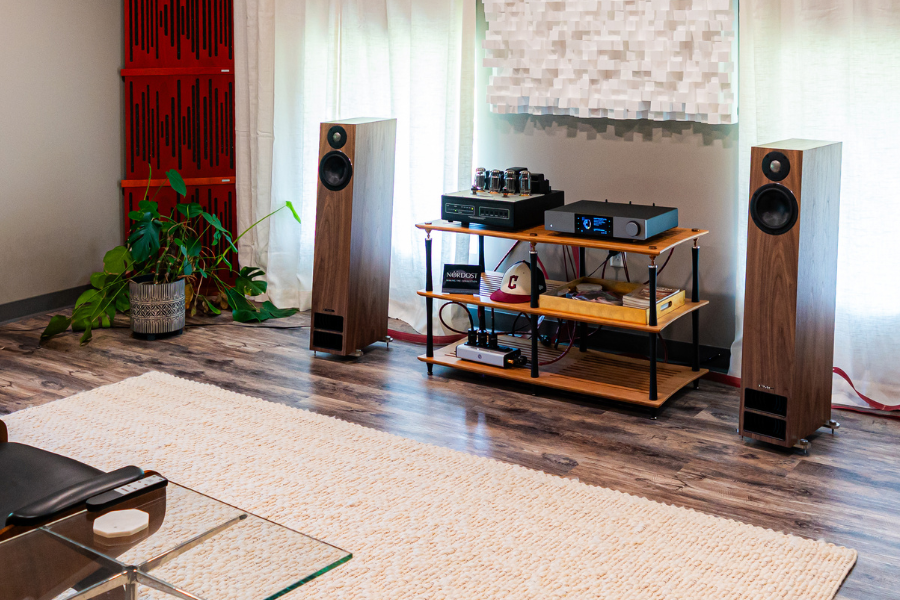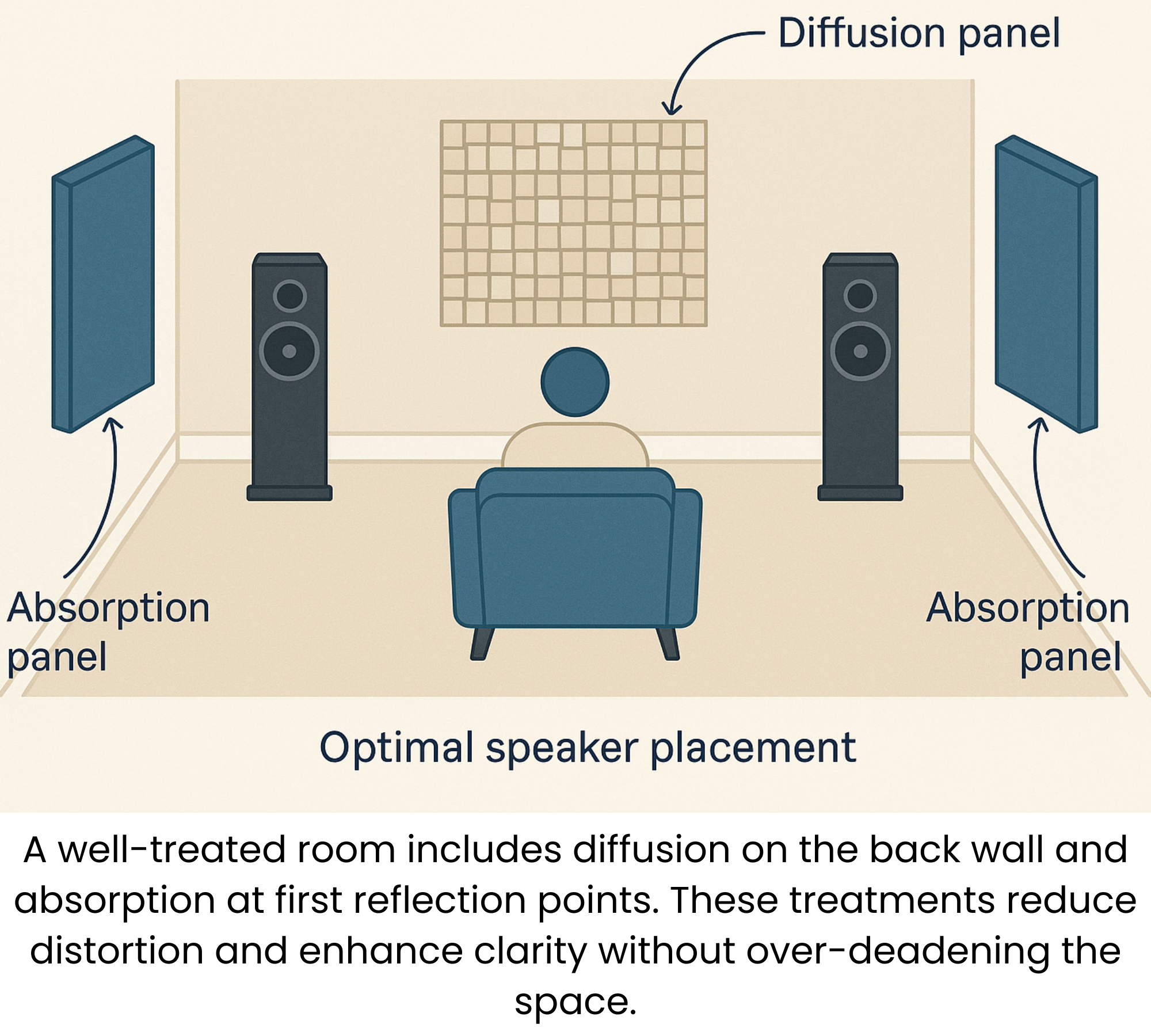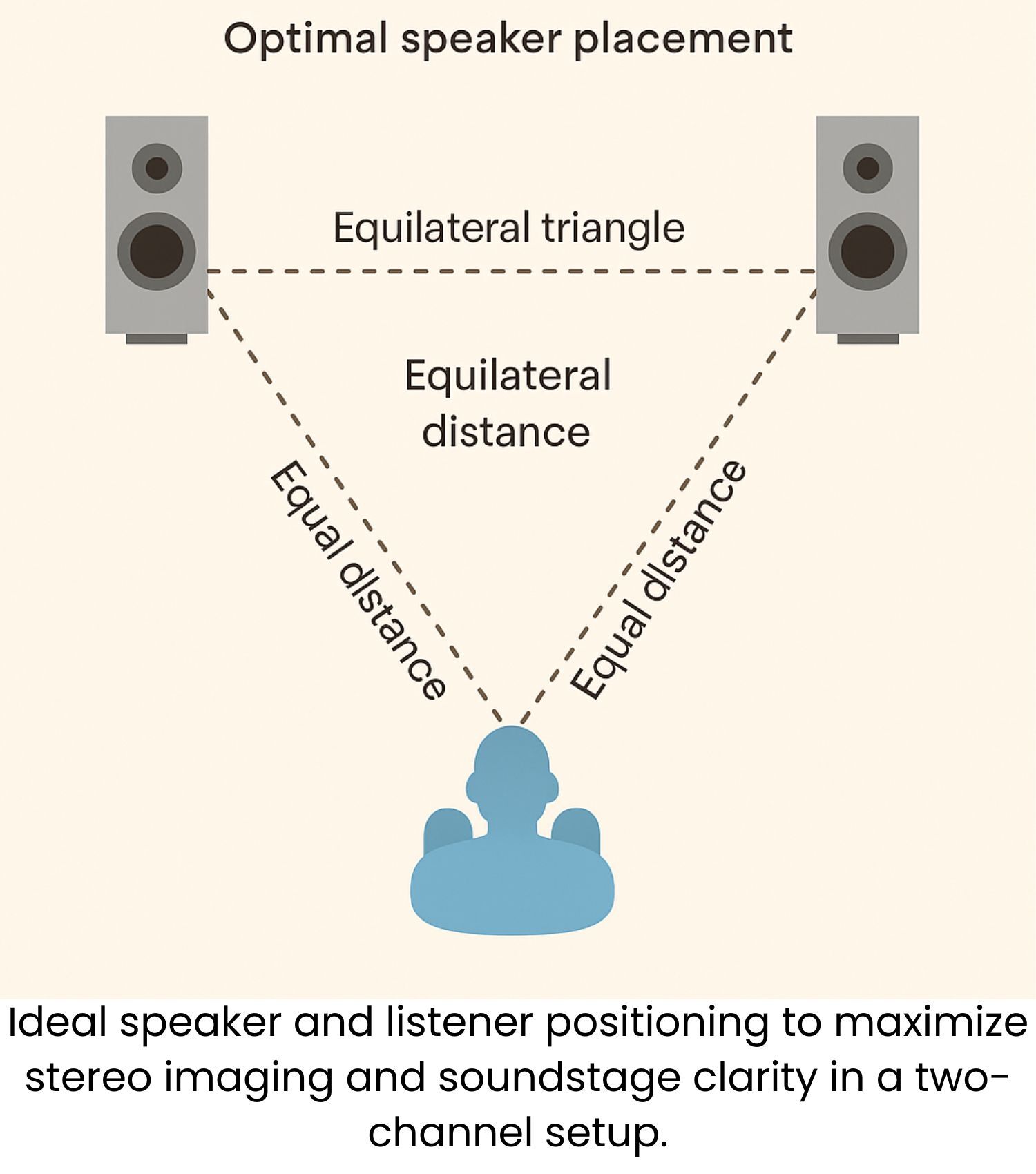The Speaker Paradox: Why the Most Important Component Might Be the Least Understood

Your speakers are the final word in all the work your gear put in.
In the realm of high-fidelity audio, speakers serve as the final gatekeepers of sound, translating electrical signals into the audible experiences we cherish. Despite their pivotal role, speakers often remain the most misunderstood component in the audio chain. This article explores the paradox of speakers’ significance and the common misconceptions surrounding them. It aims to shed light on their actual impact and guide you toward making informed choices for an unparalleled listening experience.
Why Speakers Are the Most Critical Component in Your Audio System
Speakers are the transducers that convert electrical signals into sound waves, making them the ultimate arbiters of audio quality. Simply put, they are the final word in all the work the gear before them has put in.
Their design and performance directly influence the clarity, dynamics, and tonality of the sound we hear. Many audiophiles assert that speakers contribute to 70–80% of the perceived sound quality in a system. This highlights the importance of selecting the right speakers to achieve the desired auditory experience.
Common Misconceptions About Speakers and the Truth Behind Them
“All Speakers Sound the Same. It's the gear that matters most.”
A prevalent myth suggests that all speakers produce similar sounds, rendering brand or model choices inconsequential. In reality, speakers vary significantly in design, materials, and engineering, leading to distinct sound signatures. For instance, Focal speakers are renowned for their detailed and dynamic sound, while PMC speakers are praised for their clarity and neutrality. Magnepan speakers, on the other hand, offer a unique planar magnetic design that delivers a spacious and natural soundstage.
“Expensive Means Better”
Another misconception is that higher-priced speakers inherently offer superior sound quality. While premium models often feature advanced technologies and materials, price alone doesn’t guarantee better performance. It’s essential to consider factors like room acoustics, system synergy, and personal listening preferences. Sometimes, moderately priced speakers can outperform costlier ones in specific setups. Take Harbeth, for example. Although these are not cheap speakers by any means, they are often mentioned in conversation with speakers that are double or triple their price, not to mention the thousands of audiophiles who have used them in incredibly high-end two-channel setups throughout their long, storied history. The latest iteration of Harbeth, the XD2 series, has been lighting up the world, providing detail and soundstage clarity in systems throughout the Hi-Fi world that few other speakers reach in those price ranges.
“Specs Tell the Whole Story”
Specifications such as frequency response, sensitivity, and impedance provide valuable insights, but they don’t capture the complete performance picture. Two speakers with similar specs can sound vastly different due to design nuances and component quality. Therefore, while specs are informative, they should be complemented with critical listening and real-world evaluations. Remember, specs only give you part of the story, your system and room have as much, if not more, to do with the final outcome.
A Comprehensive Guide to Speaker Specifications and Design
Speaker Sensitivity: Indicates how loud a speaker will be at a given power level, measured in decibels (dB). Higher sensitivity means louder output with less power. For example, the Klipsch Heresy IV has a sensitivity of around 99 dB, making it ideal for use with low-powered tube amplifiers. In contrast, the ATC SCM11 has a sensitivity of 85dB, requiring more robust amplification to perform at the same level.
Speaker Impedance: Measured in ohms, it reflects the electrical resistance the speaker presents to an amplifier. Most speakers are rated at 4, 6, or 8 ohms of impedance. It's essential to match your amplifier's output capabilities with the speaker's impedance to prevent issues such as underperformance or potential damage. Some speakers may dip below their rated impedance under load, which can challenge certain amplifiers.

Speaker Impedance Comparison Chart: Matching Amps and Speakers
|
Brand & Model |
Impedance |
Load Behavior |
Amp Pairing Notes |
|
4 ohms |
Reactive, dips under load |
Requires high-current solid-state amps; tubes may struggle |
|
|
6 ohms |
Smooth, slightly reactive |
Versatile with tube or solid-state; forgiving impedance curve |
|
|
8 ohms |
Flat, stable |
Easy to drive, but benefits from powerful amps for the best dynamics |
Understanding Frequency Range: How It Affects Sound Reproduction
Frequency Response: Denotes the range of frequencies a speaker can reproduce, typically measured in Hertz (Hz). A wider range suggests the ability to handle both low and high frequencies effectively, but the true measure of quality also lies in how evenly it handles that range. Pay close attention to the specified tolerance (e.g., ±3dB), which indicates how much deviation occurs across the frequency band.
To illustrate how frequency response doesn't always tell the whole story, consider these three speakers:
|
Speaker Model |
Frequency Response |
Performance Insights |
|
34Hz–40kHz (±3dB) |
Extended highs and deep lows; great for revealing systems |
|
|
75Hz–20kHz (±3dB) |
Limited low end, but exceptional midrange clarity |
|
|
40Hz–24kHz (±3dB) |
Wide and airy, excels in imaging but needs placement and room to shine |
Speaker Design Features That Shape Sound Quality
Driver Materials: The materials used for cones and tweeters affect sound characteristics. For instance, Focal utilizes beryllium tweeters for enhanced clarity, while PMC employs advanced transmission line designs for improved bass response.
Enclosure Types: Sealed boxes deliver tight bass, whereas ported designs enhance low-frequency extension.
Crossover Networks divide the audio signal into separate frequency bands, directing it to appropriate drivers (woofers, tweeters). Quality crossovers ensure seamless integration and balanced sound. A two-way speaker typically routes higher frequencies to the tweeter and lower ones to a mid/bass driver. In contrast, a three-way design distributes high, mid, and low frequencies to three distinct drivers, optimizing each band for accuracy and minimizing distortion, depending on driver capabilities and crossover tuning choices.

Room Acoustics & Placement: The Hidden Variable
The listening environment has a profound impact on speaker performance. Room size, shape, and surface materials can cause reflections, standing waves, and absorption, altering the perceived sound. For example, a room with hard surfaces may produce excessive brightness, while a carpeted space might dampen high frequencies.

Optimal Speaker Positioning for Balanced Audio
Proper speaker placement enhances imaging and soundstage. General guidelines include:
- Position speakers at ear level when seated.
- Placing them equidistant from the primary listening position to form an equilateral triangle.
- Avoid placing too close to walls to reduce bass exaggeration or muddiness.

Finding the “Sweet Spot”
The “Sweet Spot” for your speakers refers to the ideal listening position where sound from all speakers converges coherently, offering the most accurate and immersive experience. Achieving this involves careful alignment and angling (toe-in) of speakers toward the listener.
Choose for Your Room, Not Just Your Rig
Assessing Listening Habits
Your music preferences and usage scenarios influence speaker choice. For instance, classical music enthusiasts may prioritize speakers with detailed midrange reproduction, while home theater users may seek models with impactful bass and a wide dynamic range.
Compatibility with Equipment
Ensure that speakers match well with existing amplifiers and sources. Consider factors like power handling and impedance to prevent mismatches that could affect performance or damage components. You would be surprised how many speakers are underpowered; it's always better to have more than you need than not enough.
Notable amplifiers that pair well with various speakers include:
- McIntosh: Known for their warm and rich sound, McIntosh amplifiers complement speakers like Focal and PMC, enhancing their tonal balance.
- Parasound: Offering a neutral and detailed sound, Parasound amplifiers are versatile and pair well with a wide range of speakers, including Magnepan.
- Mola Mola: Renowned for their transparency and precision, Mola Mola amplifiers bring out the best in high-resolution speakers, providing an uncolored and accurate reproduction of sound. These amplifiers are limitless in pairing options, but keep in mind they are incredibly revealing and fast.
Budget Considerations
High-quality sound doesn’t always require exorbitant spending. Many affordable speakers offer excellent performance. Like many audio gear products, lower-priced models often incorporate trickle-down technology from a particular brand’s higher-priced options. It’s crucial to audition speakers within your budget to find the best value that aligns with your sonic preferences.
Top 3 Speaker Buying Mistakes and How to Avoid Them
- Ignoring Room Acoustics – A great speaker can sound mediocre in a poorly acoustically treated room.
- Underpowering Your Speakers – Match amplification to speaker demands for optimal results.
- Chasing Specs Alone – Specs help, but your ears (and room) should guide final decisions.
Final Thoughts: Maximizing Your Audio Experience
- Test speakers in your actual room whenever possible.
- Look beyond brand reputation—let your ears be the judge.
- Balance your investment between speakers, electronics, and room treatment.
Speakers are the linchpin of any audio system, translating electrical signals into the rich tapestry of sound we experience. Without a good speaker telling the story at the end of the chain, what is the point of having great electronics?
Despite their critical role, they often remain misunderstood and underappreciated. By debunking common myths, understanding specifications, considering room acoustics, and aligning choices with personal needs, you can unlock the full potential of your audio setup. Remember, informed selection and thoughtful placement of speakers can transform your listening experience from ordinary to extraordinary.
First Pair or Final Upgrade—We’ve Got You Covered.
Explore speakers that fit your room, rig, and rhythm. Whether you are looking to save with Certified Pre-Owned or trade up your used gear towards somethign brand new, you can be confident you will get the right gear at the right value and build your dream system today.
